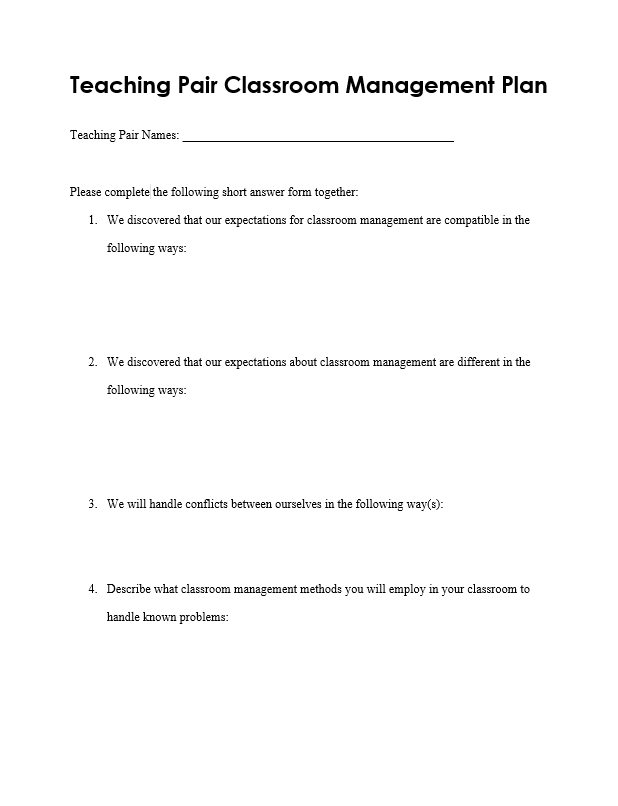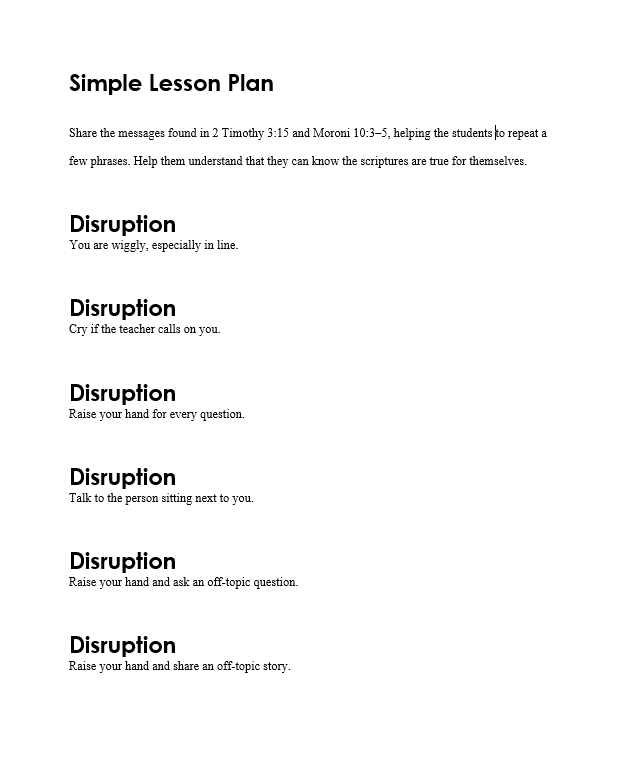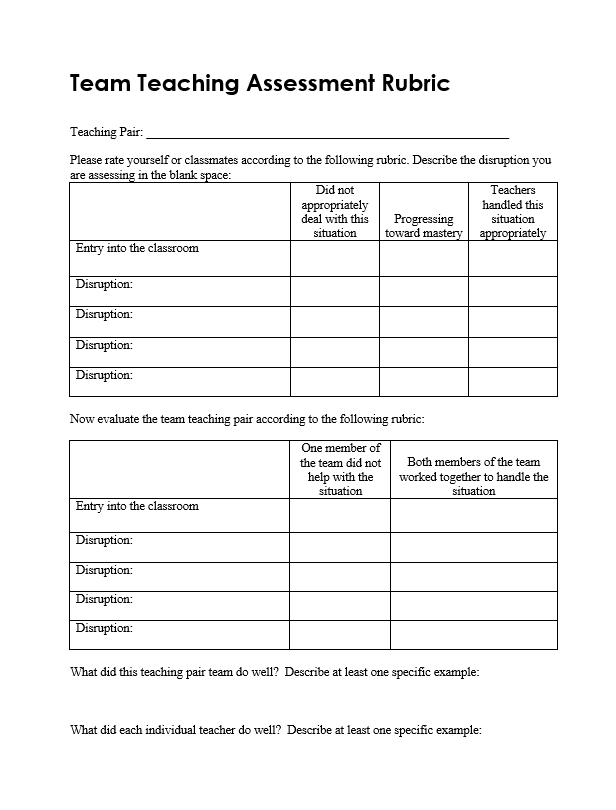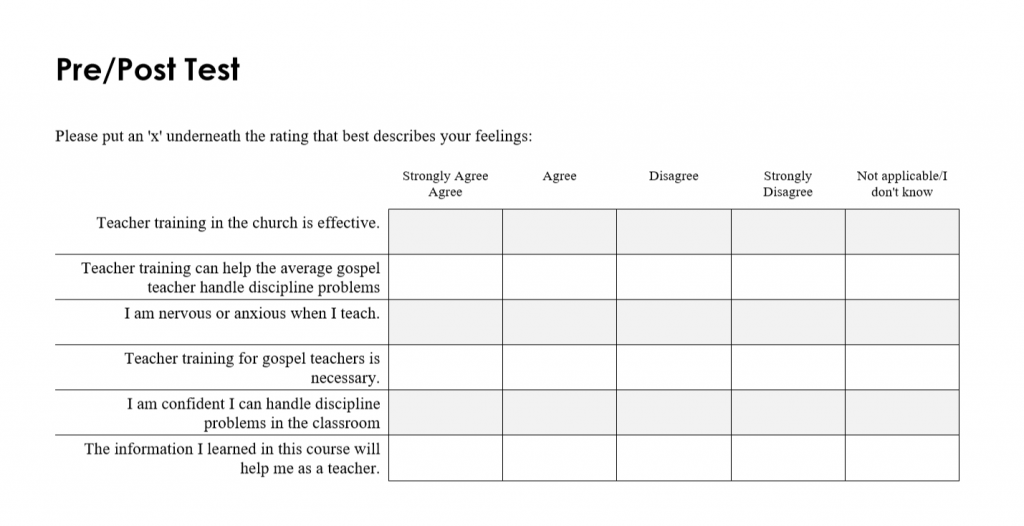Following are lesson plans for the Gospel Teacher Improvement Course: Classroom Management:
Lesson Plan #1: Get to Know a Subject Matter Expert
Performance Objective: During an interview with the instructor, learners will identify at least one potential peer-mentor from their learning group.
Resources or Materials Needed:
- Paper and pencil for each learner
- Stuffed toy minion or picture of a minion
- The pre-test
- Instructions for Name Aerobics
- Minion stickers
Time: 45 minutes
Step 1: Pre-Instructional Activities: Gain Attention: Display a stuffed toy or picture of a "minion". Explain that you are anxious for learners to find ways to support and learn from each other through the course. Learners in this course will be both mentors and minions, learning from and supporting each other. To begin on this journey, we must learn something about each other.
Administer the pre-test.
Step 2: Content Presentation: Review the rules of Name Aerobics. Explain that learners will be learning the names and amount of teaching experience of their classmates so they can identify mentors to whom they turn for help as they progress through the course. Play Name Aerobics. Remind learners to share how many years of teaching experience they have as they play the game. Learners exchange contact information after the game (email address, social media handle, cell number, etc.).
Step 3: Learner Participation: Practice: Distribute paper and pencils for each learner. Ask learners to write answers to the following four questions:
- Write the names of as many people as you can who have more teaching experience than you do.
- Write the names of as many people as you can who have less teaching experience than you do.
- Why is it valuable to know who has more or less teaching experience than you do?
- What makes a good mentor?
Knowledge of results: ask learners to discuss their answers to assessment questions three and four.
Step 4: Assessment: Interview: The instructor will ask each learner to privately identify one person in the course who will be a good resource when they have trouble going forward. Each learner who completes the interview will receive a minion sticker.
Step 5: Follow-Through Activities: Memory aid: The course instructor will send a reminder to learners during the week asking each to think about how they can be supportive to others throughout the course.
Lesson Plan #2: Identify and classify situations that require classroom management
Performance Objective: Through group discussion learners will identify at least one situation that requires classroom management.
Resources or Materials Needed:
- Internet access
- Internet-ready device for each user, preferably a laptop or tablet
- Email addresses for all learners
- Mind Map (created for your group; instructions in Section A)
How to invite others to your Mind Doodle
Time: 35 minutes
Step 1: Pre-Instructional Activities: Inform Students of Objectives/Gain Attention: Explain that you will be leading the group in a collaborative brainstorming exercise. First, each person should think of a situation in their classroom that is causing difficulty. Pause. Ask everyone to give you a thumbs up sign when they have a situation in mind. Explain that the group will work together to build a digital mind-map that identifies situations they are experiencing in their classrooms that might require intervention. Once situations are identified, learners will group the situations into categories. These categories will be used during the next lesson, when learners will work together to seek out classroom management techniques that can apply to each real-life situation
Step 2: Content Presentation: Instruct each learner to check his or her email, where they will find the invitation to edit the mind map from the instructor. As users click to confirm the invitation and join the Doodle, the instructor will visit the Mind Doodle team page and make users "Collaborators" by dragging their names to the Collaborator column. The instructor will assist learners as necessary and will invite other class members who have accesses the site successfully to help others log in.
Learners may begin moving and adding to the mind map as soon as they receive access. They may add items to the map by clicking the Tab button or the green arrow on each rectangle. They can move items by clicking and dragging.
As the group works together, ask the following questions to spur brainstorming:
- What are some specific problems in your classroom?
- During which activities are you most likely to experience trouble?
- How can we maintain student privacy during discussions?
- What are some of the challenges in discussing difficulties in the classroom with regard to student privacy?
- Can you see any patterns forming on this mind map? Where? How can we group this information?
Step 3: Learner Participation: Practice: As they work and are prompted to look for patterns, learners will begin to group situations that require classroom management. They will use the mind-mapping tool to collaborate in classifying information.
Step 4: Assessment: Observation: Assess learner participation as you walk around the room. Although you asked for a thumbs-up to indicate every learner had identified at least one trouble situation, verify that every learner has added his or her situation to the mind map as you circulate.
Step 5: Follow-Through Activities: Transfer of Knowledge: Learners will use the mind-map created during this lesson in the Develop Skills module.
Lesson Plan #3: Develop Skills
Performance Objective: Given a digital assessment, learners will identify at least one classroom management technique that applies to each provided situation.
Resources or Materials Needed:
- Books that contain classroom management techniques
- Kahoot! quiz (altered for your classroom, instructions in Section A)
- Internet access
- An internet-ready device for each learner
Time: 5 hours (4 hours instruction, 1 hour assessment and follow-through)
Step 1: Pre-Instructional Activities: Stimulating Recall of Prerequisite Skills/Stating Objectives: Ask learners to look back at the mind-map they developed in the previous lesson. What problems did learners identify in their own classrooms? What patterns did they identify? Explain that during this module, which will last several days, learners will work collaboratively to find classroom management techniques that they can apply in their own classrooms. Remind learners to think of their own students as they evaluate and determine how these classroom management techniques can be applied or adapted to their own classrooms. Learners should reach out to each other when identifying effective methods as well.
Step 2: Content Presentation: Using the classifications learners created during the mind-mapping exercise, split the course into at least three mini-lessons. For example, if learners have identified the following categories creating classroom rules, managing hallway behaviors, minimal intervention strategies, gaining and keeping attention, and other, you might group these into three one-hour modules: (1) managing hallway behaviors and gaining attention, (2) minimal intervention strategies, and (3) other. During each mini-lesson, learners will be invited to use instructor provided books, their peers, and internet searches to find at least one classroom management technique that could be applied in each situation listed on the mind-map, and write a brief description of it on a piece of paper to provided to the instructor at the end of class. Learners will be encouraged to reach out to peers, especially those who have had experience with listed or similar situations for ideas.
Step 3: Learner Participation: Feedback: Learners will participate in ongoing feedback as this unit progresses by locating and discussion ideas with experienced peers.
Step 4: Assessment: Posttest: The instructor will create a Kahoot! based on learner responses Learners will take a written assessment that consists of five or more case studies based on situations the learners identified during the mind-map. Learners will choose at least one classroom management techniques that could be applied to each case study to create a positive learning environment. There are no "right" or "wrong" answers on this test. This assessment shows teachers can look at a difficult situation and make a choice from among many classroom management options.
Step 5: Follow-Through Activities: Transfer of learning: Learners will discuss their decisions after the post-test is complete. How did answers differ? When might someone choose one technique over another? What are other situations where this classroom management technique might be used? When should you try another technique? What if ‘all else fails’ and a behavior becomes grossly disrespectful or dangerous, and the student will not back down?
Lesson Plan #4: Develop a Classroom Management Plan
Performance Objective: Given information about their assigned classroom, teaching pairs will create a classroom management plan that accounts for needs of their students and temperament of the teachers.
Resources or Materials Needed:
- Disagreement image
- Pencil for each learner
- Teaching Pair Classroom Management Plan
Time: 45 minutes
Step 1: Pre-Instructional Activities: Gain Attention: Display the disagreement image (shown below) on a classroom display or by printing it:

Step 2: Content Presentation: Explain that today learners will identify potential problems with teaching in pairs and discuss preferred classroom management style with teaching partner by completing a worksheet together.
Step 3: Learner Participation: Practice: Distribute paper and pencils for each learner. Ask learners to work with their teaching pair and complete the Teaching Pair Classroom Management Plan (20 minutes).

Step 4: Assessment: Presentation: The instructor will ask each teaching pair to take 3-5 minutes and present the most important or surprising elements of teaching plan to their peers. (20 minutes)
Lesson Plan #5: Demonstrate Proficiency
Performance Objective: In a mock classroom situation, teaching pairs will respond to at least three classroom disruptions requiring classroom management.
Resources or Materials Needed:
- A classroom or space set up as a typical classroom. If learners typically have access to tables, chalkboards, chairs, or desks in the performance context, ensure these items are present.
- Simple Lesson Plan and Disruptions
- Team Teaching Assessment Rubric
- Pre/Post Test
- Chalk and chalkboard
- Pencils for each learner
Time: 120 minutes+ (depending on the number of learners)
Step 1: Pre-Instructional Activities: Gain attention/Stimulating Recall of Prerequisite Skills: Invite learners to the chalkboard and provide each with a piece of chalk. Set a timer for 90 seconds. Ask learners to write the name(s) of or draw a picture illustrating their favorite classroom management techniques. When the timer sounds, allow learners to describe their work. Remind learners they will be applying some of these techniques in a role play situation during the lesson. Note that feedback on the peer assessment should be honest, but kind.
Step 2: Content Presentation: Explain that learners will practice applying their teaching their peer group during several mock teaching exercises. Each teaching pair will receive the same short lesson plan to present. The remaining class members will receive a case study for a role they should play in the classroom (needs to go to the bathroom, cries, makes an off-topic comment, comes in late, leans chairs back, talks to neighbor, wiggly, bored, etc).

Step 3: Learner Participation: Practice: The teaching pair will demonstrate classroom management techniques as they guide students into the classroom and teach the lesson utilizing classroom management techniques they have learned throughout the course. Peers will evaluate each other by observing whether the learners demonstrate mastery of classroom management using a rubric.

Step 4: Assessment: Administer the Post-test

Step 5: Follow-Through Activities: Transfer of learning: After assessment learners will discuss their experiences. What did they learn? What was scary? What worked well? How were they able to leverage their teaching partner to handle a classroom situation? What might you do if your team teacher is more of a hindrance than a help (i.e. engages in poor behaviors himself -- talking, coming in late, playing on phone while the other is teaching)?





